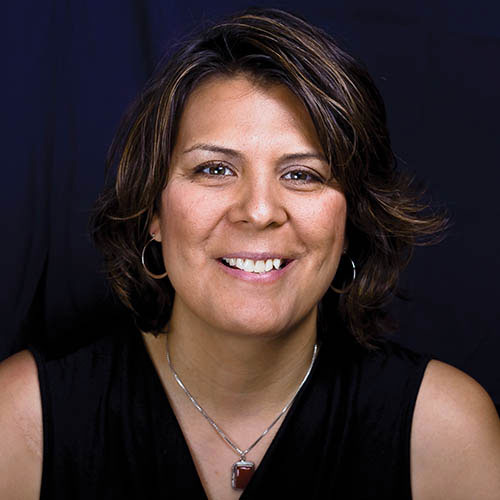With multiple generations in the workplace, out-of-the-box benefits have been grabbing the spotlight, but don’t underestimate the power of traditional benefits.
For several years, employers have been struggling to create benefit packages that are competitive for an employment base comprised of five generations, each in a different stage of life: baby boomers, older traditionalists, Gen Xers, millennials and Gen Zs.
While trends, such as employers repaying the student loans of their staff, make the big headlines, health care and wellness benefits are as important as ever when it comes to retaining employees of all ages.
Take Plant Therapy Inc., a fast-growing essential oil company. By creating a generous health care oriented benefits plan, Plant Therapy earned recognition as a leading place to work in Idaho.
Plant Therapy’s health care plan offers both a high-deductible and low-deductible plan. Under the high-deductible plan, the company contributes up to $275 per month into the employees’ health savings accounts. Plant Therapy’s employees also have access to an expanded employee assistance program (EAP) to assist them in achieving a practical work-life balance.
The company’s benefits fit within a broader trend. According to SHRM’s Employee Benefits 2019 report, respondents noted a 20% spending increase in both health care and wellness benefits.
And, in a January 2019 survey of its clients, Empyrean Benefits found that 97% offered either high-deductible health plans or preferred provider organization plans, while 64% offered both, which demonstrates support for the needs of a multi-generational workforce.
Another company, Clif Bar Baking Co., formulated a benefits plan that combines culture, pay, benefits, holistic wellness programs and career growth opportunities to create a meaningful workplace.
“We wanted to know what is important to our population — what was going to resonate with them,” says HR Manager Susan Potucek.
The average age of the company’s employees is 37, with many of its team members raising families. Keeping its employee demographics in mind, Clif Bar rented a roller-skating rink for two nights for employees, their families and friends.
“It was one of those pieces that, when you engage the family unit, you also engage the employee who is working to support that family,” Potucek says.
Clif Bar also provides its employees and their families with its “Cool Incentives” programming, where employees receive various amounts of reimbursement for the purchase of bicycles, cars that get more than 45 miles per gallon, and energy-efficient home improvements.
Plant Therapy and Clif Bar are examples of companies making strides when it comes to the changing spectrum of benefits. At the end of the day, packages that focus on helping employees succeed both professionally and personally are going to inspire the most interest and loyalty.
“I would look at the types of programs you are offering and really make sure you are meeting a variety of needs across different generations of buyers,” says Jeff Griffin, founder and president of JP Griffin Group, a national employee benefit consulting firm. “I would definitely explore the new products that are out there, but I don’t see this whole [benefits] world flip-flopping overnight.”

RACHEL DURAN
Rachel is a writer, editor, content manager and storyteller based in Lawrence, Kansas. She has written extensively about manufacturing, workforce issues, economic development and a variety of industry sectors.
raduran@rad-writer.com.






